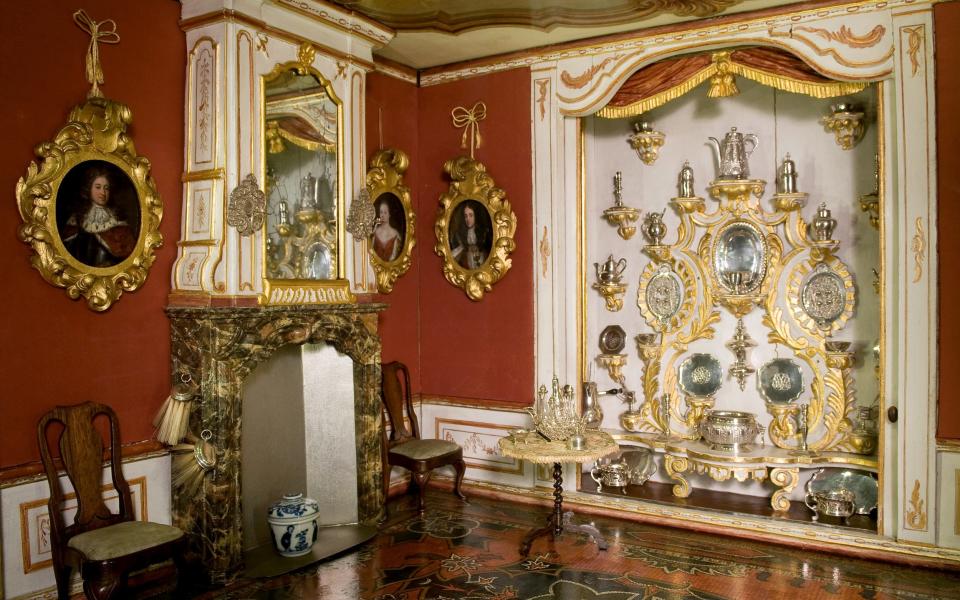Ming vases, miniature Duchamps, working lifts: the world’s most intricate dolls’ houses
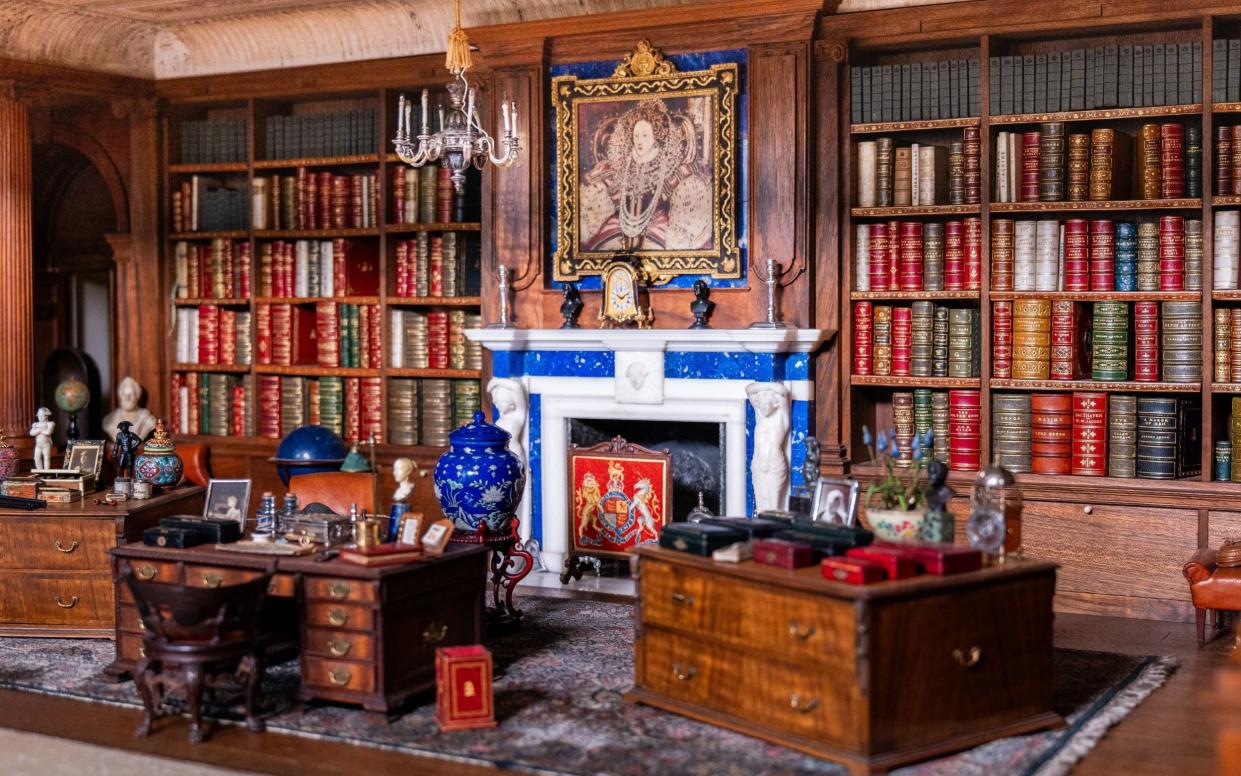
- Oops!Something went wrong.Please try again later.
- Oops!Something went wrong.Please try again later.
Even the smallest of libraries should stay up to date. This is surely why the Queen has refreshed the library of the world’s largest dolls’ house with modern literature from writers including Alan Bennett, Tom Stoppard, and Julia Donaldson. The miniature books include manuscripts written specially for the centenary of Queen Mary’s dolls’ house, scaled down to fit the tiny bookshelves.
Dolls’ houses, which are thought to have originated in Germany during the 16th century, are objects of immense artistry and craftsmanship. The finest dolls’ houses in the world tell stories of their owners, and of their time. From the Danish fairy queen’s palace that inspired Queen Mary to the house that entertained a young HG Wells, here are the most intricate.
Queen Mary’s Dolls’ House
Windsor Castle
A miniature mansion fit for a King and Queen, this is the doll house that was built for Queen Mary by Sir Edwin Lutyens, completed in 1924. It is the largest and most famous dolls’ house in the world, built with the handiwork of over 1500 artists, craftsmen, and manufacturers, including Fabergé and Cartier. The fully stocked wine cellar is filled with fine wine and champagne, with tiny glass pipettes used to fill the bottles (once the bubbles were removed). There are lavish bedroom suites, working lifts, and scaled-down replicas of the Crown Jewels. When the library was created, miniature works from the likes of Sir Arthur Conan Doyle and Thomas Hardy filled the shelves. One hundred years later, the Queen is adding works from writers including Elif Shafak, Malorie Blackman, and Anthony Horowitz to the collection, to celebrate the “richness of 21st-century talent”.
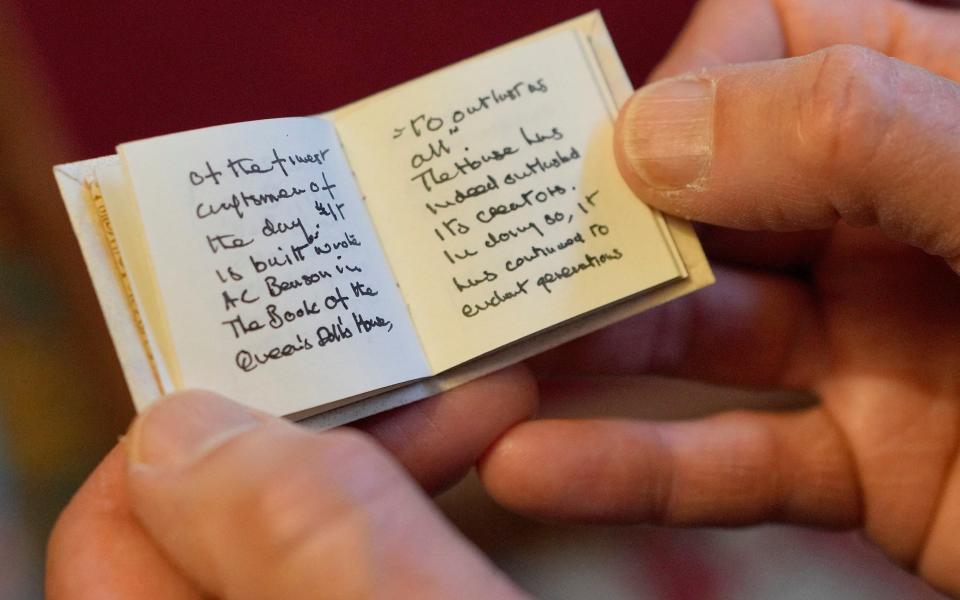
Elsa’s House
Last on display in New York, 2016
If nothing else, this dolls’ house tells the story of a brother and sister’s bond. In 1912, a Swedish 18 year-old, John Carlsson, hand-built a dolls’ house for his younger sister, Elsa, repurposing an old cabinet. It has four stories, a wooden staircase with bannisters of gold-painted wire and a functioning elevator created from old pieces of clockwork. A miniature telephone rings when a crank is turned, and every room has electric lighting. It was part of an exhibition called “Swedish Wooden Toys,” at New York’s Bard Graduate Center Gallery in 2016.
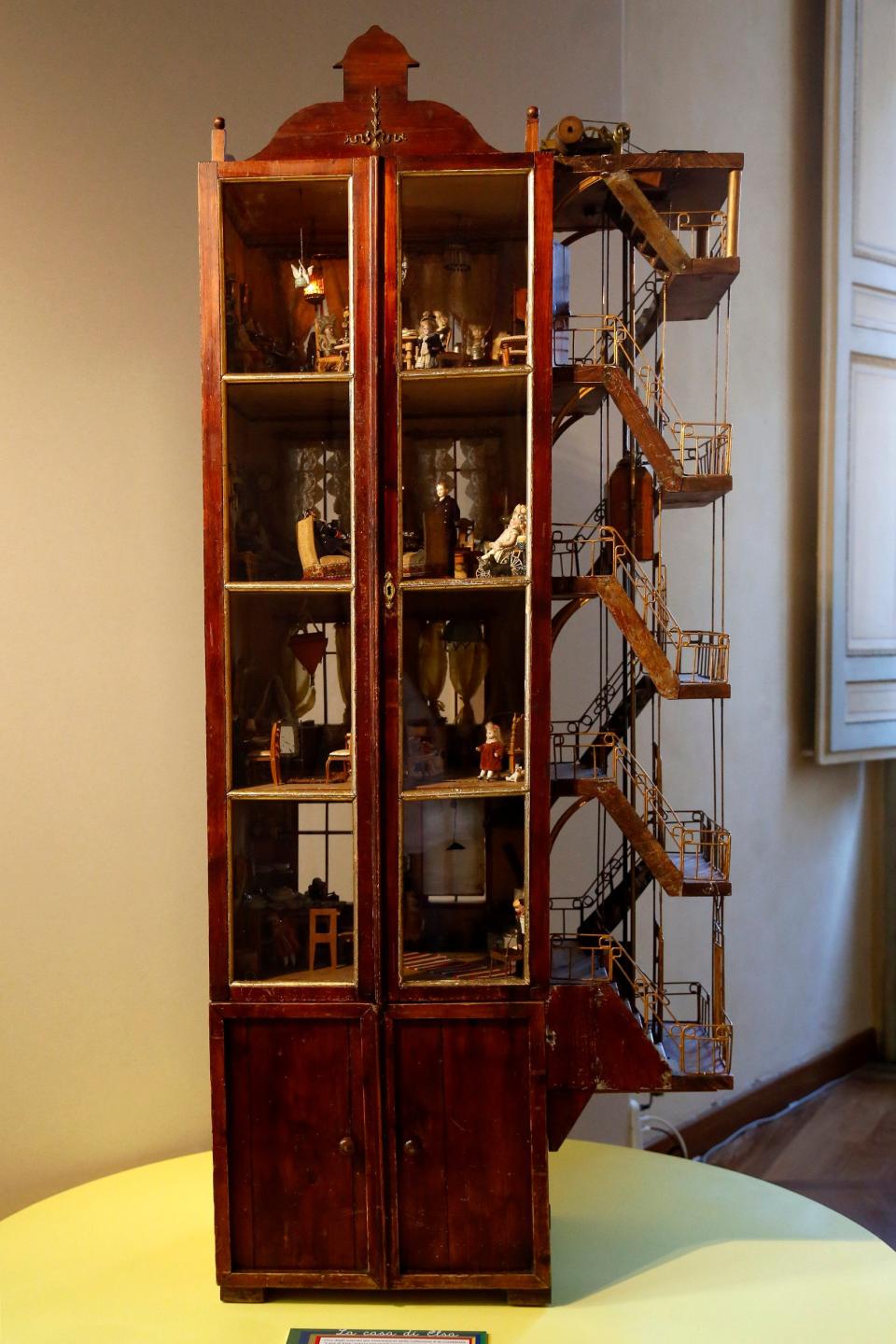
Petronella Oortman’s dolls’ house
Rijksmuseum, Amsterdam
The product of an expensive hobby, this dolls’ house is exceptionally realistic. It was made in Amsterdam by Petronella Oorstman (1656-1718), a wealthy widow who married a silk merchant Johannes Brandt in 1686. Oorstman ordered pieces to be made precisely to scale, using the same materials as their regular-sized counterparts. She commissioned artists, glassblowers, cabinetmakers, basket-weavers and silversmiths to furnish the house, amd even ordered miniature porcelain from China. In painstaking detail, Oortman shows us how grand merchants lived in the Dutch Republic. She loved the dolls’ house so much she had it painted by Jacob Appel in 1710.
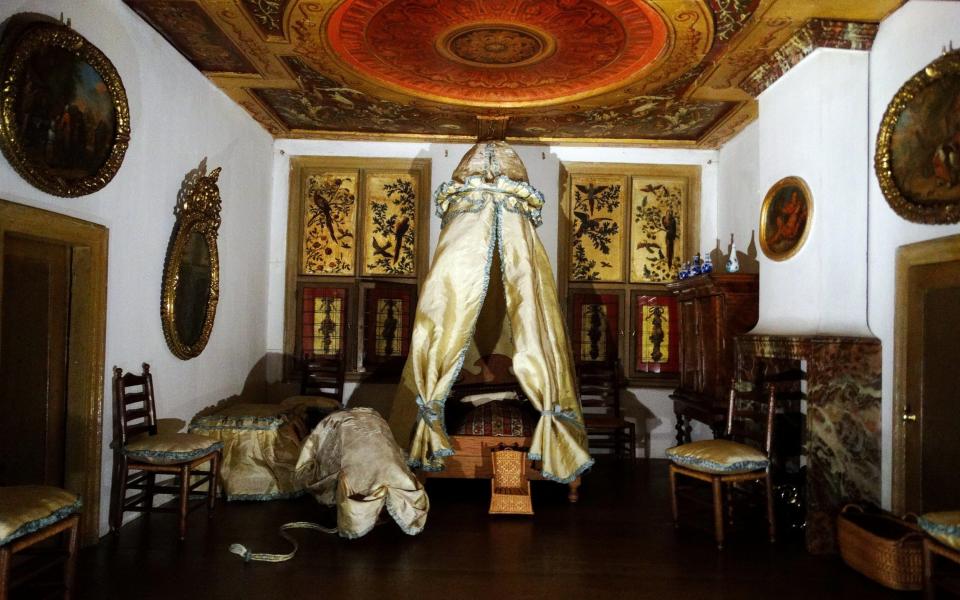
Uppark dolls’ house
Huguenot Museum, Rochester
If you could shrink Downton Abbey, this might be what you’d get. Originally made for the Lethieullier family, this house came to Uppark after Sarah Lethieullier married Sir Matthew Fetherstonhaugh in 1746, and has been carefully preserved and refurbished by the National Trust. Built in the style of a Palladian mansion, it has three floors, three rooms ‘below stairs’ for the servants, and is decorated with hallmarked silverware, oil paintings, and the Lethieullier coat of arms. HG Wells once said that he “played discreetly” with this dolls’ house as a child when his mother was the housekeeper at Uppark.
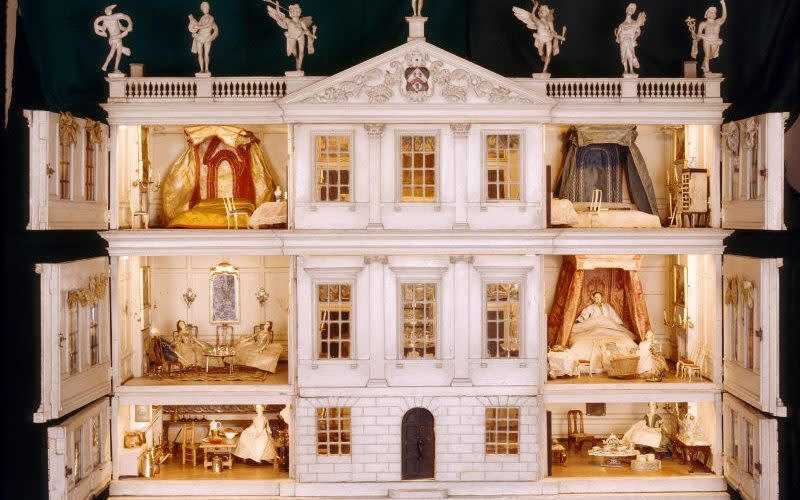
The Stettheimer Dollhouse
The Museum of the City of New York
How many dolls’ houses include three-inch original art? More than one, actually. But for Carrie Walter Stettheimer, at least, the mini art gallery is the crowning glory of her dolls’ house. Her house of luxury has two stories and 12 rooms, appointed with crystal chandeliers and trompe l’oeil panels. She drew on her family’s close ties to the art world to secure miniature contributions from Marcel Duchamp, Gaston Lachaise, and Marguerite Zorach. Spying through the arched windows, you’ll see Duchamp’s famous Nude Descending a Staircase, Louis Bouché’s Mama’s Boy. Gaston Lachaise’s Venus sculpture sits in the courtyard. Over 28 paintings were commissioned by Stettheimer, but she never finished the project. It is believed that they were to be displayed on rotation.
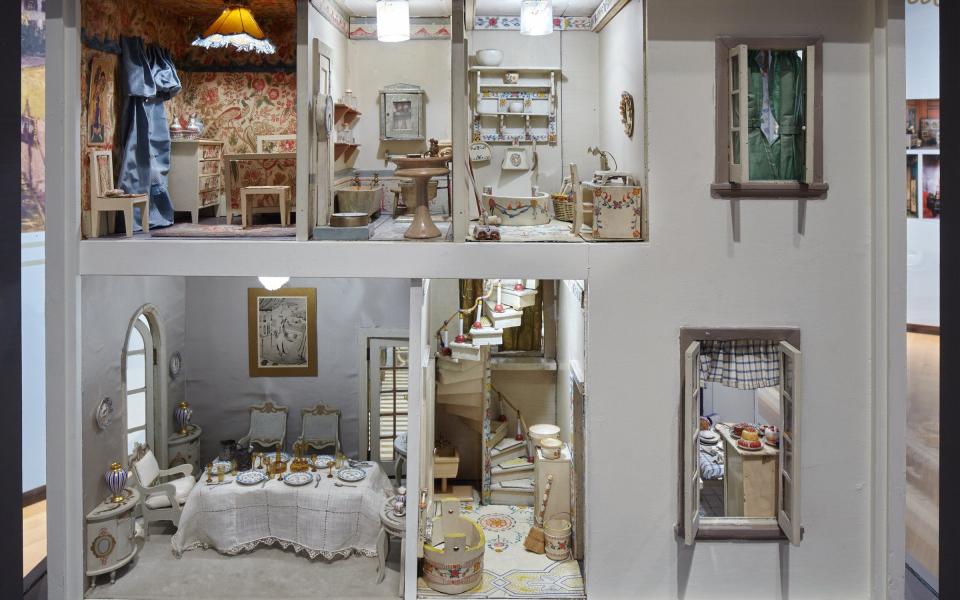
Hammond House
Wallington, Northumberland
Wallington in Northumberland has a whole room full of dolls’ houses, and the finest in its collection is Hammond House. Nearly nine-feet long, this special house has 36 fully furnished rooms, 1,500 pieces of furniture and 77 china-faced dolls comprising a large family and full staff of servants. It is fitted with electric lights in every room and once had running water. This house provides a look at life in the late 1800s. With no known story behind its owner, the house takes its name from a towel and book detailed with the name Ruby Hammond.
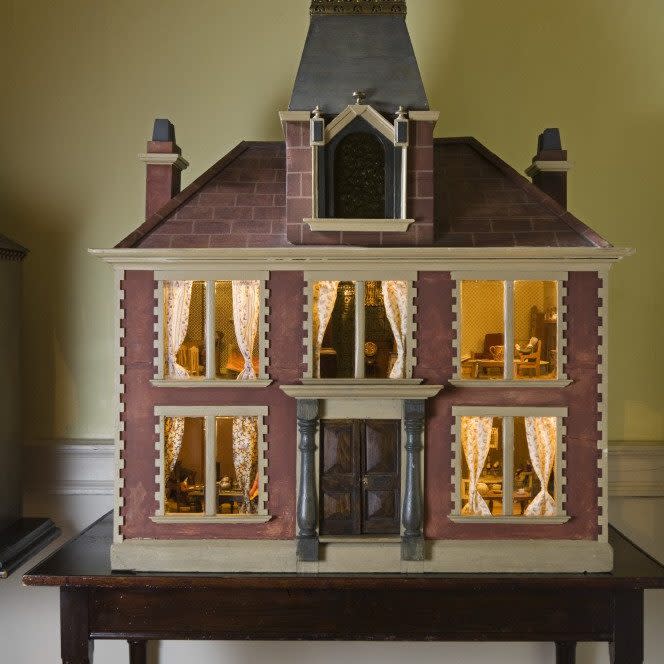
Titania’s Palace
Egeskov Castle, Denmark
Titania’s Palace, inspired by Shakespeare’s A Midsummer’s Night’s Dream, is one of the most magical dolls’ houses in the world. Built by British army officer and painter Sir Nevile Wilkinson (1869–1940), this project took 15 years to finish, with help from Irish craftsmen to members of noble and even royal families. It was first presented in 1922 to guests including Queen Mary, whose own dolls’ house would be completed in 1924. Wilkinson provided an illustrated handbook, now in its 12th edition, to guide viewers through the lore of the Queen of the Fairies’ palace. Three thousand items fill its halls, from authentic Ming vases in the Banquet Hall to a tiny rosary stored in the chapel. The palace continues to capture the imagination of children in Egeskov Castle in Denmark, on loan from the Lego Foundation, raising money for young people.
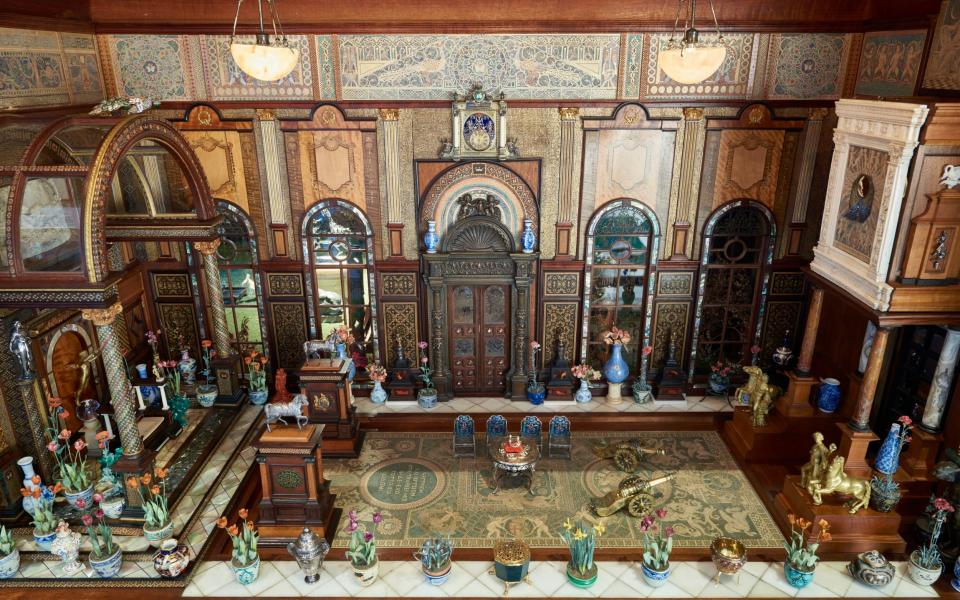
Lucy Bassett Andrews’ dolls’ house
Norton Museum of Art, Florida
When Lucy Bassett Andrews was constructing an intricate dolls’ house in 1993, she was offered help from artist and family friend Cy Twombly. They managed to persuade 15 artists, including Julian Schnabel, Peter Halley and Philip Taaffe, to provide tiny original artworks for Andrews’s three townhouses. An abstract painting by James Brown is dedicated to Andrews via its title, Black and Blue for Miss Lucy. Lime greens and yellows from paintings by Twombly’s son, Alessandro, catch you through the living room’s mirror. These houses contain 50 paintings and sculptures across more than a dozen rooms. They give a glimpse of the early 1990s art world in America.
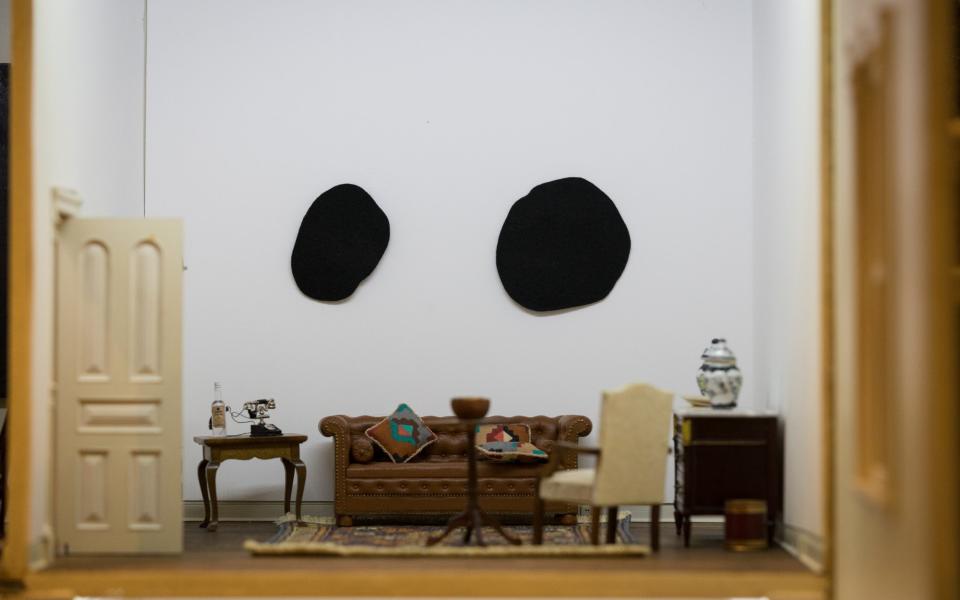
Sara Rothé’s dolls’ house
Frans Hals Museum, Haarlem Netherlands
A testament to the dolls’ house as a collector’s artefact, this one was built by Sara Rothé in Amsterdam. She bought three houses at an auction in 1743 and used them to complete two of her own. Rothé embroidered most of the cloth furnishings herself. The rooms are full of miniature books and furniture from chamber pots to garden fountains. The kitchen alone has 250 items, with everything from a white, china colander to food made from wax. There is even a silver collection exhibited in the drawing room, which can be closed off with sliding doors. It’s safe to say Rothé’s houses weren’t designed for children.
